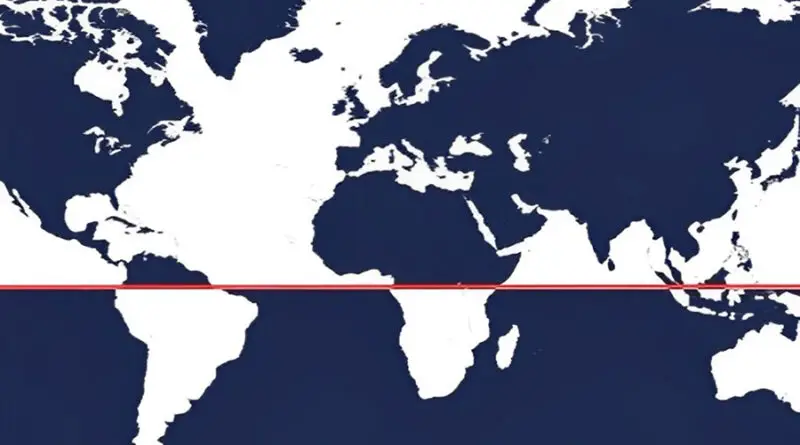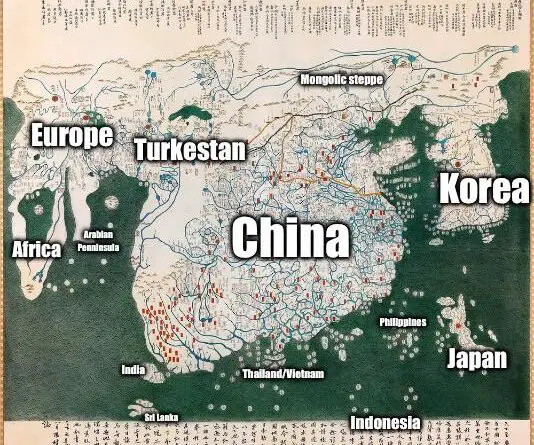Tipping etiquette around the world
Choosing whether or not to tip is the natural part; the real difficulty lies in determining how much to tip. Too little might be considered an offence. Too much and you could be viewed as vulgar or proud. In places like China and Japan, practically all tipping is seen as rude, and it’s just not done.
Read More








